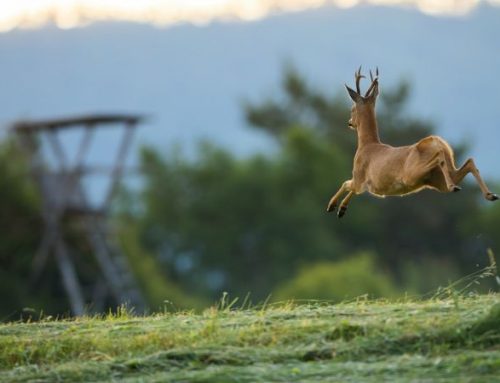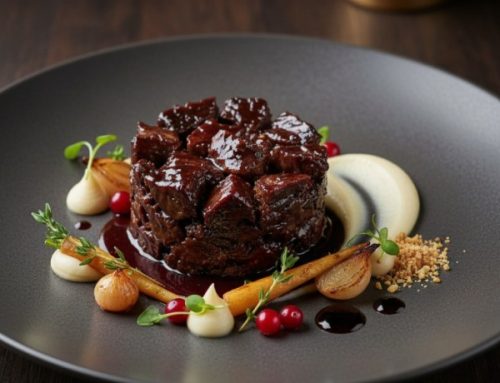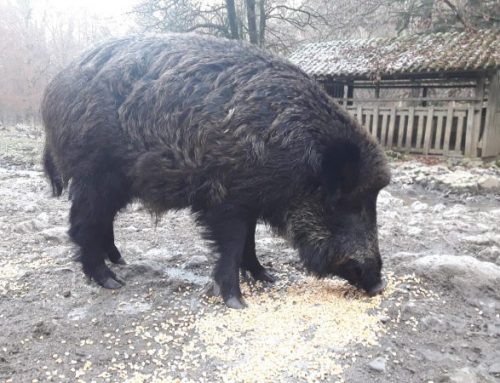In the splendid setting of the Val Maira, the queen of alpine hunts takes place: the chamois hunt.
During the “walks” to reach higher altitudes, it is not uncommon to encounter herds of deer or elusive roe deer that dart away as soon as they sense a human presence, and you might be startled by the sudden flutter of a black grouse. Some wild boars peek through the rhododendrons, while on the sunny plateaus, it is unfortunately not uncommon to see hunting wolves, which have become a real scourge for shepherds and game.
To experience chamois hunting, it is not always necessary to seek the grand trophy. Indeed, one can hunt yearlings (binelli) while experiencing the same thrills in terms of difficulty, shooting, and approach. The settings are the same, and for those who love game meat, young chamois is a far more delectable bite compared to the adults.
The Piedmont Alps are still today a place where time seems to have stopped and where you will have the opportunity to fully enjoy true peace by hunting in contact with nature. Surrounded on three sides by a chain of Alps, which includes the highest peaks and largest glaciers in Italy, the landscape of the Piedmont Alps presents rugged and very different slopes, giving particular connotations to the surrounding area. We move from a rural and wooded space, characteristic of the valleys, to the predominant Alpine peaks characterized by conifers and larches and it is here that the fascinating chamois hunt takes place.
With agile movements even on heavily snow-covered and steep terrains, the chamois is an iconic mountain animal that has captured the interest of many due to its beauty and adaptability to alpine environments. Observing their behavior and physical characteristics, such as their horns, is often the best way to distinguish between males, females, and young chamois.
The male chamois has larger and more robust horns and may exhibit territorial behaviors, often being solitary or in all-male groups. The female, on the other hand, tends to be smaller and less massive, with shorter and thinner horns. The yearling, or young chamois, either lacks horns or has only minimally developed ones and can often be seen alongside the females.
This type of hunting is defined as an adventure because the low temperatures and rocky terrain require adequate physical preparation. Weather conditions can affect various aspects of hunting activities such as visibility, tracking of animals, approach time, and the safety of hunters moving in steep and rugged terrain.
This experience cannot fail to leave a mark on the soul and memories of the hunter. Overwhelming emotions from the first step towards the summit, towering mountains, and cunning animals evoke excitement, admiration, and challenge in the eyes of the hunters, as well as joy and satisfaction for a successful shot. This is the experience of chamois hunting in the Piedmont Alps.
Discover how to live it yourself and contact us to receive the program. Hurry!










